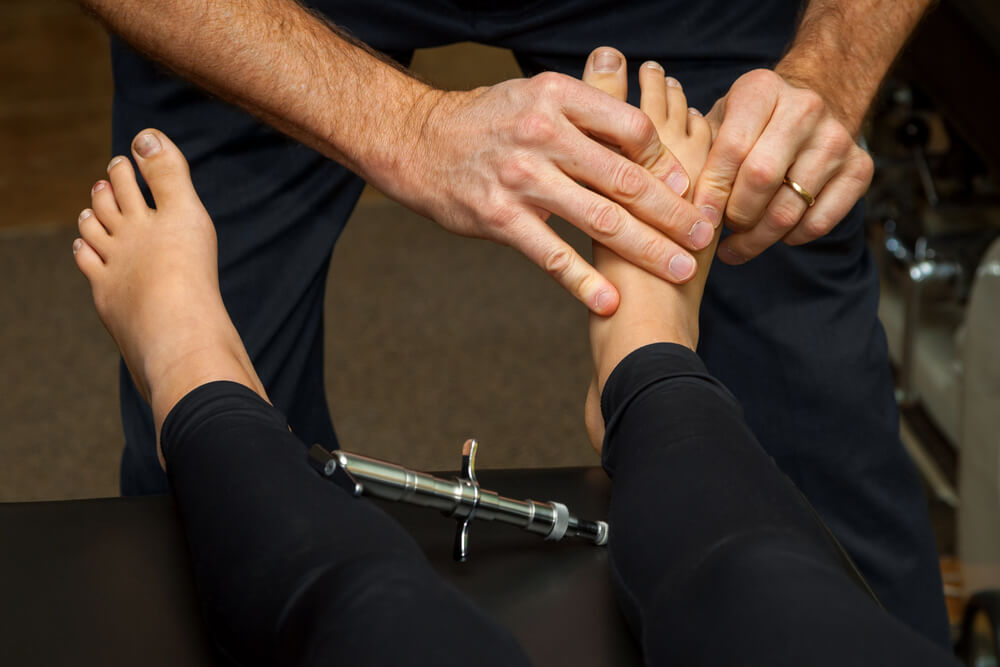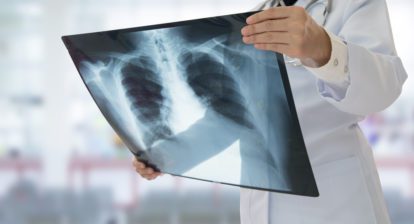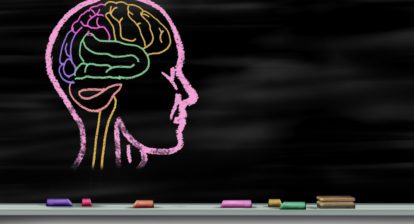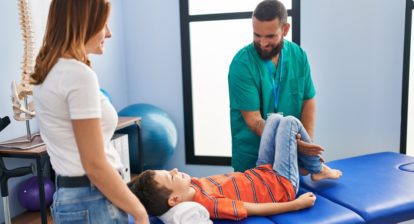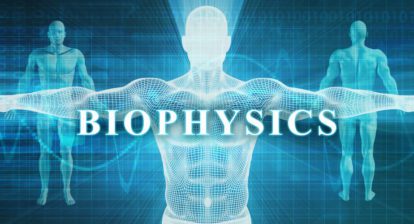– Jay M. Holder, DC, DACACD, FICA, Aaron M. Holder, DC, DACACD –
Torque Release Technique® (TRT) debuted on campus at Life College in 1995, the first technique of chiropractic’s second century. TRT’s mission has always maintained that the singular purpose of adjusting the subluxation is Salutogenic. TRT does not treat a condition, disease or symptom; it only proposes that in adjusting a subluxation we can improve the patient’s state of wellbeing and human potential.
TRT is a technique but most important is its technique model. TRT is the only non-linear, vitalistic and tonal model existing in chiropractic today. There are several key issues that make up this model of which we will only list a few. First there is our differential diagnosis of ruling out the many secondary and tertiary subluxations to determine the primary subluxation. One of TRT’s methods
to perform this is our functional leg length reflex (FLLR), which is an Achilles deep tendon reflex performed in the prone position, where we are not concerned about leg length or making the legs even. Rather it is an objective neurological exam that rules out secondary and tertiary subluxations and objectively identifies the primary subluxation.
Another is to recognize and understand that the subluxation is not the bone, but the bone subluxates. The subluxation is a neurological projection in three-dimensional space in an X, Y and Z axis, known as the listing. Adjustments are made with the Integrator® which is the only instrument that reproduces all of the corrections and three-dimensional motions including torque that the hands perform to produce a toggle recoil adjustment that fires independent of the practitioner. It is the first chiropractic instrument to be registered and indicated for the adjustment of the vertebral subluxation by the U.S. government.
It is our position that all techniques work, but it is the art of the practice of the individual chiropractor that makes that possible, not the technique itself. TRT is the only technique to be created out of a randomized clinical trial which was published by the prestigious journal Nature. All other techniques have been created by mind’s eye with their research after the fact and are based on a linear, mechanistic Newtonian model which is why all first century techniques are not allowed to change. This additional difference allows TRT to constantly change and upgrade itself several times a year based on the constant flow of incoming research from many fields worldwide.
This allows us to set the stage in understanding what the future will look like for TRT. TRT will provide a holographic theater platform during adjustments which will automatically download into the medical record and validate adjustment intervention. Eventually the FLLR mentioned above will be replaced and upgraded by table mounted digital sensors that will record and identify our FLLR neurological leg check and automatically download the findings in the medical record. The future Integrator® will be digitized and be able to provide advanced harmonic frequency cloaking which will match the primary subluxation’s HZ frequency to provide a more sustainable adjustment.
This will also allow for each adjustment to retrace multi ple layers at a time instead of today’s retracing only one layer at a time. Vortex safety sensors in the Integrator® will guarantee and confirm the exact alignment of the required lines of drive in the X, Y and Z axis of the listing including its superior or inferior lines of drive also known as the torque, prior to allowing the Integrator® to adjust.
“TRT does not treat a condition, disease or symptom; it only proposes that in adjusting a subluxation we can improve the patient’s state of well-being and human potential.”
Even the method in the teaching and training of TRT will be strikingly different in the future. TRT’s training and teaching will come into the home or office of the chiropractor in the form of a holographic platform, which will provide instantaneous corrections to any mistakes made by the chiropractor during training. This will allow chiropractors to attain maximum and intraprofessional reproducibility and proficiency in performing TRT in the clinical setting, without having to attend a seminar or learn about a hands-on technique online.


